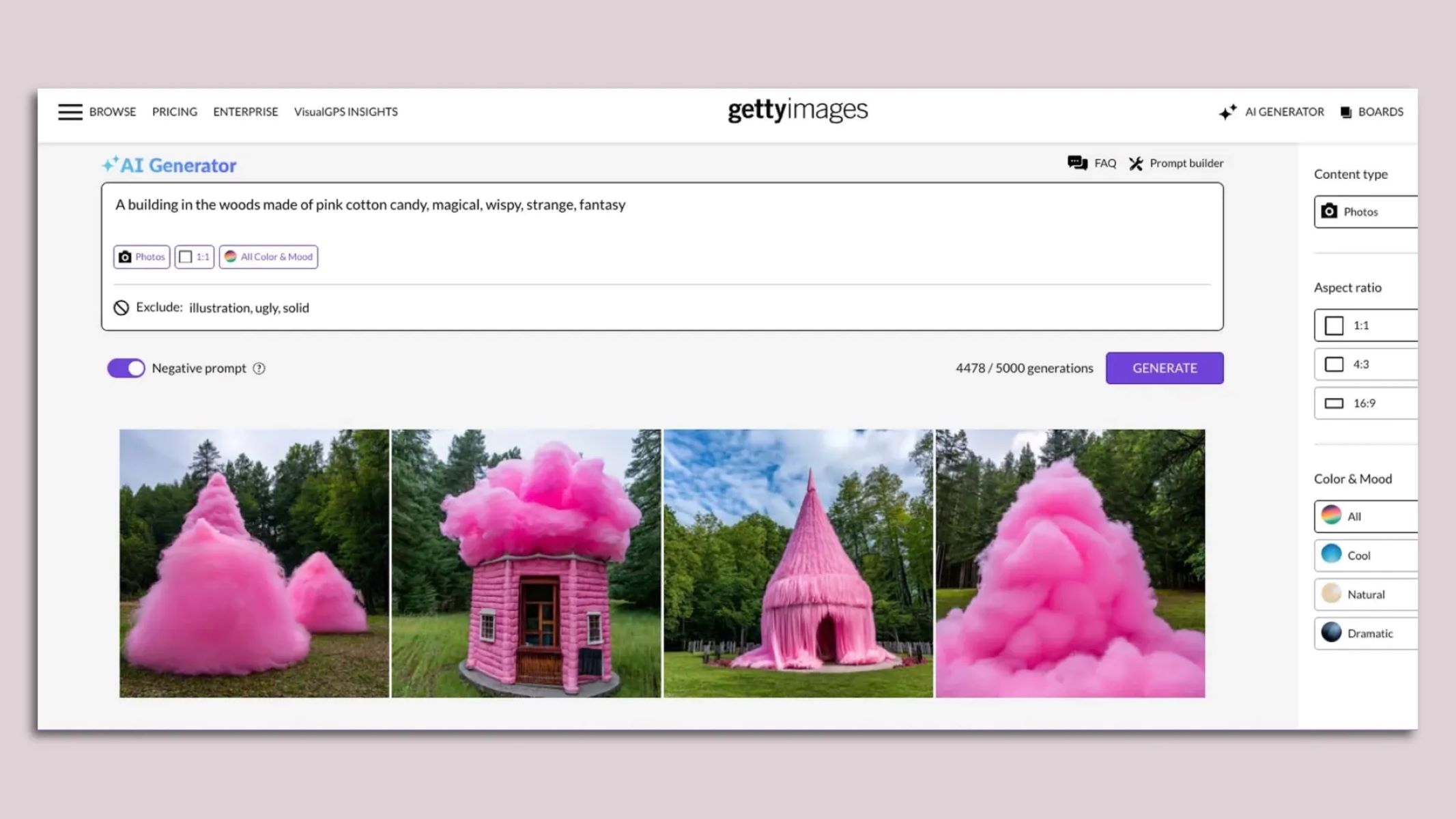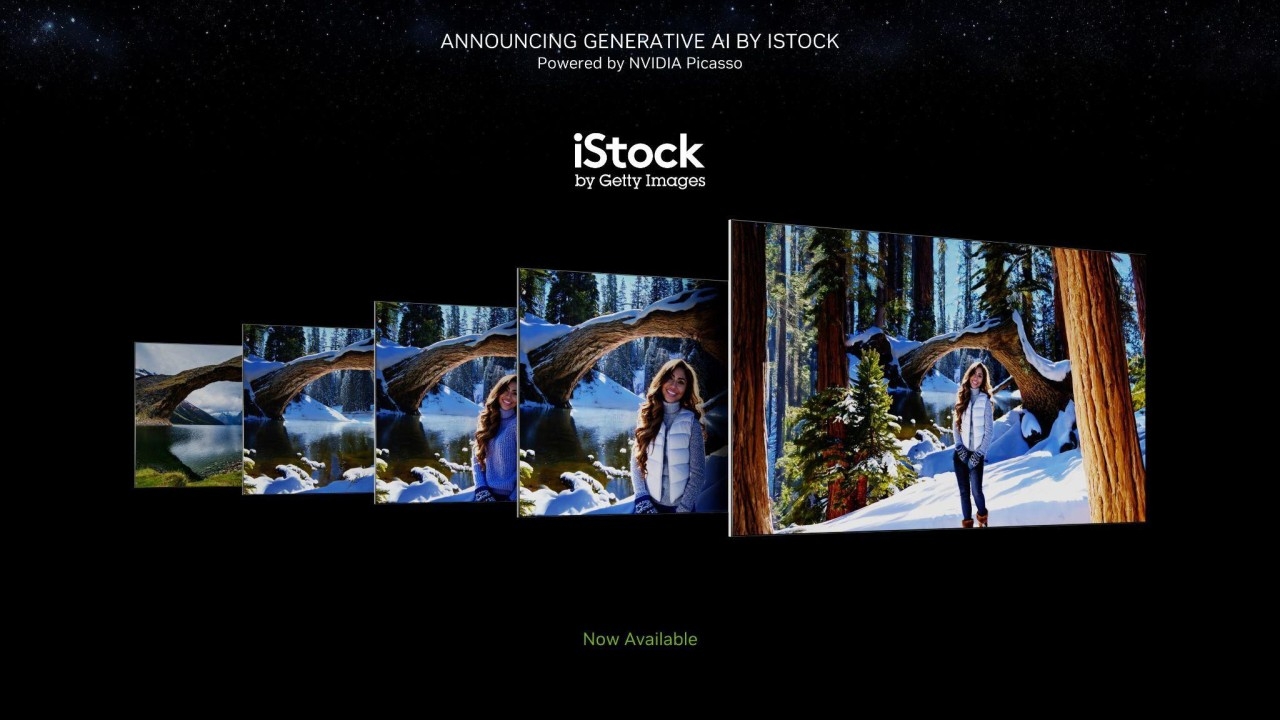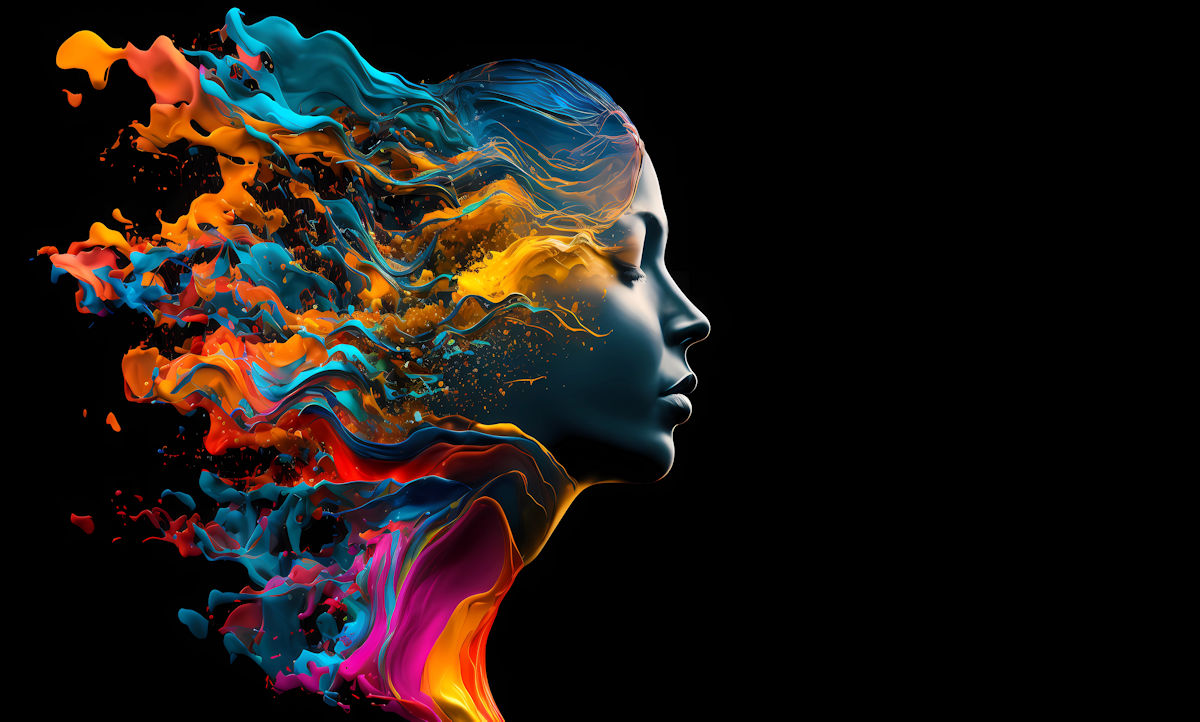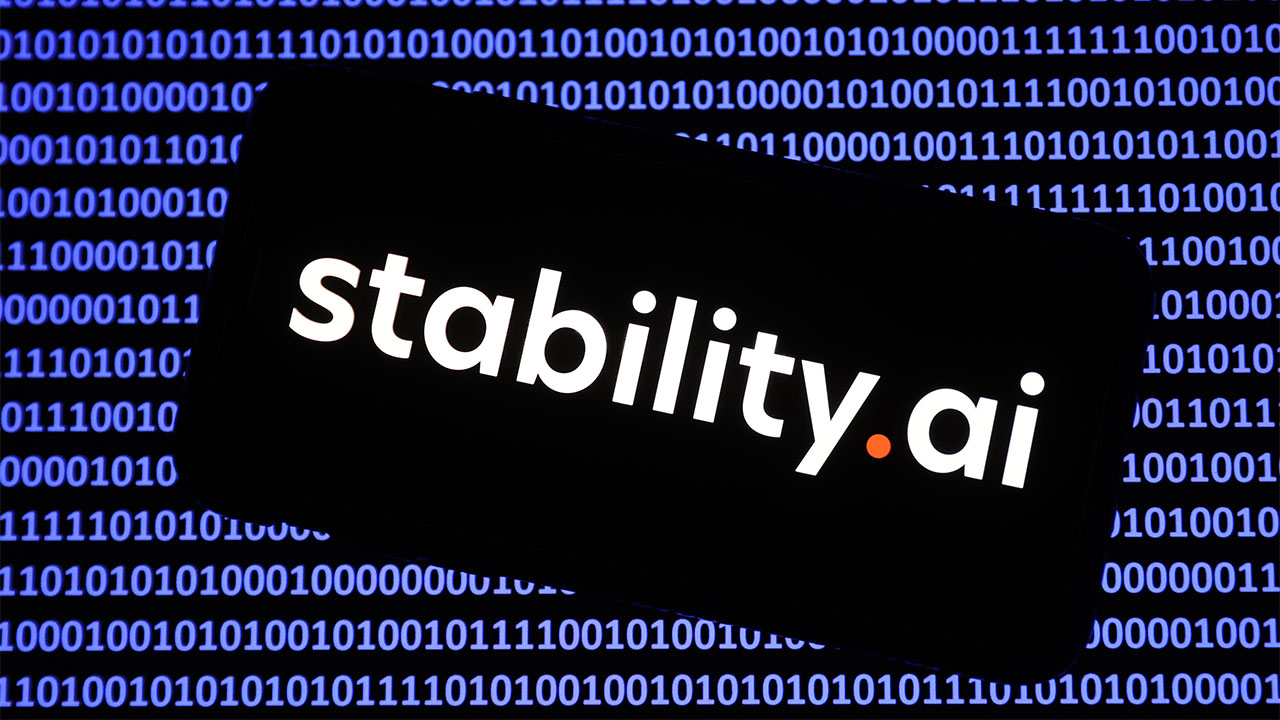Getty Images, the well-known supplier of stock images, photos, videos, and music, has recently unveiled its latest innovation in the form of an AI-powered image generation tool. Developed in collaboration with Nvidia, the tool, called Generative AI by Getty Images, utilizes a carefully trained AI model to generate images based on text descriptions or prompts provided by users. With this new tool, Getty Images aims to provide a safer and more efficient solution for generating visual content for commercial purposes.
Key Takeaway
Getty Images has launched Generative AI, an AI-powered image generation tool that allows users to create visually appealing images based on text descriptions. While providing a safer and more efficient solution for commercial image generation, Getty Images ensures that the tool is used responsibly and compensates contributors for their work. Other companies in the industry are also exploring ethical approaches to generative AI.
How Does Generative AI by Getty Images Work?
The Generative AI tool leverages Getty’s extensive library of stock content, which includes over 477 million assets. Using text descriptions, such as “photo of a sandy tropical island filled with palm trees,” users can generate visually stunning images tailored to their specific needs. The tool’s AI model, trained through an extensive dataset of Getty’s high-quality content, ensures that the generated images meet Getty’s standard royalty-free license, including protection against copyright lawsuits and the right to perpetual, worldwide, nonexclusive use across various media platforms.
However, the tool incorporates certain restrictions to prevent misuse. Getty has implemented safeguards to prevent the tool from being used for disinformation or replicating the style of living artists. For example, users cannot create images featuring public figures in specific contexts or imitate the artistic style of renowned artists like Andy Warhol. Additionally, all images created by the tool are marked with a watermark to identify them as AI-generated.
Benefits and Ethical Considerations
Getty Images’ Generative AI tool provides numerous benefits, enabling customers to efficiently generate visuals for commercial purposes. The tool can be seamlessly integrated into Getty’s website or other platforms using an API. Moreover, customers will soon have the option to customize the tool with proprietary data to align with their brand style or design language.
In terms of ethics and compensation for contributors, Getty Images pledges not to add content generated by the tool to its library for licensing purposes. However, it reserves the right to retrain the AI model using those images. The company also ensures that contributors whose works are used for training the underlying model will be compensated. Revenues generated from the tool will be shared, incorporating both a per-file proportional share and a share based on traditional licensing revenue.
Other Players in the Generative AI Field
Getty Images is not the only company exploring ethical and commercially viable approaches to generative AI. Startups like Bria and Ascendant Art have developed similar tools, focusing on compensating photographers, artists, and media companies for their contributions. Industry giants like Shutterstock and Adobe are also actively involved in developing AI art models and exploring compensation models for content creators.

























